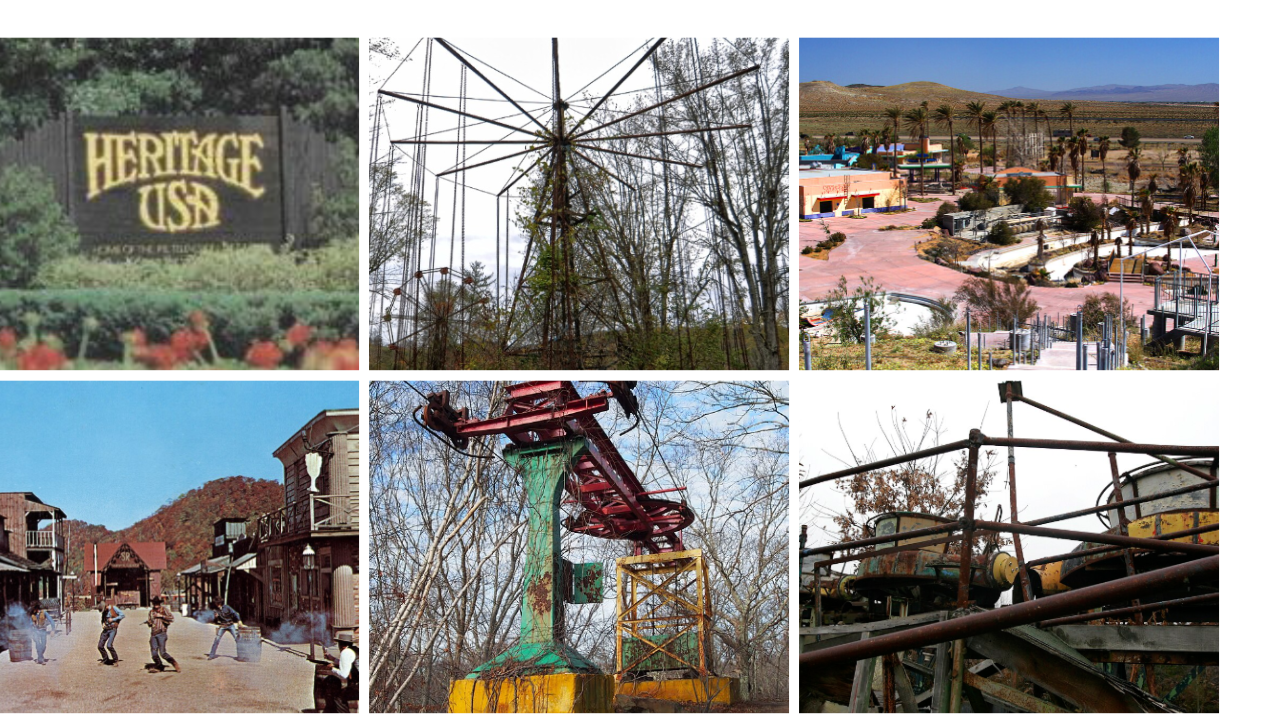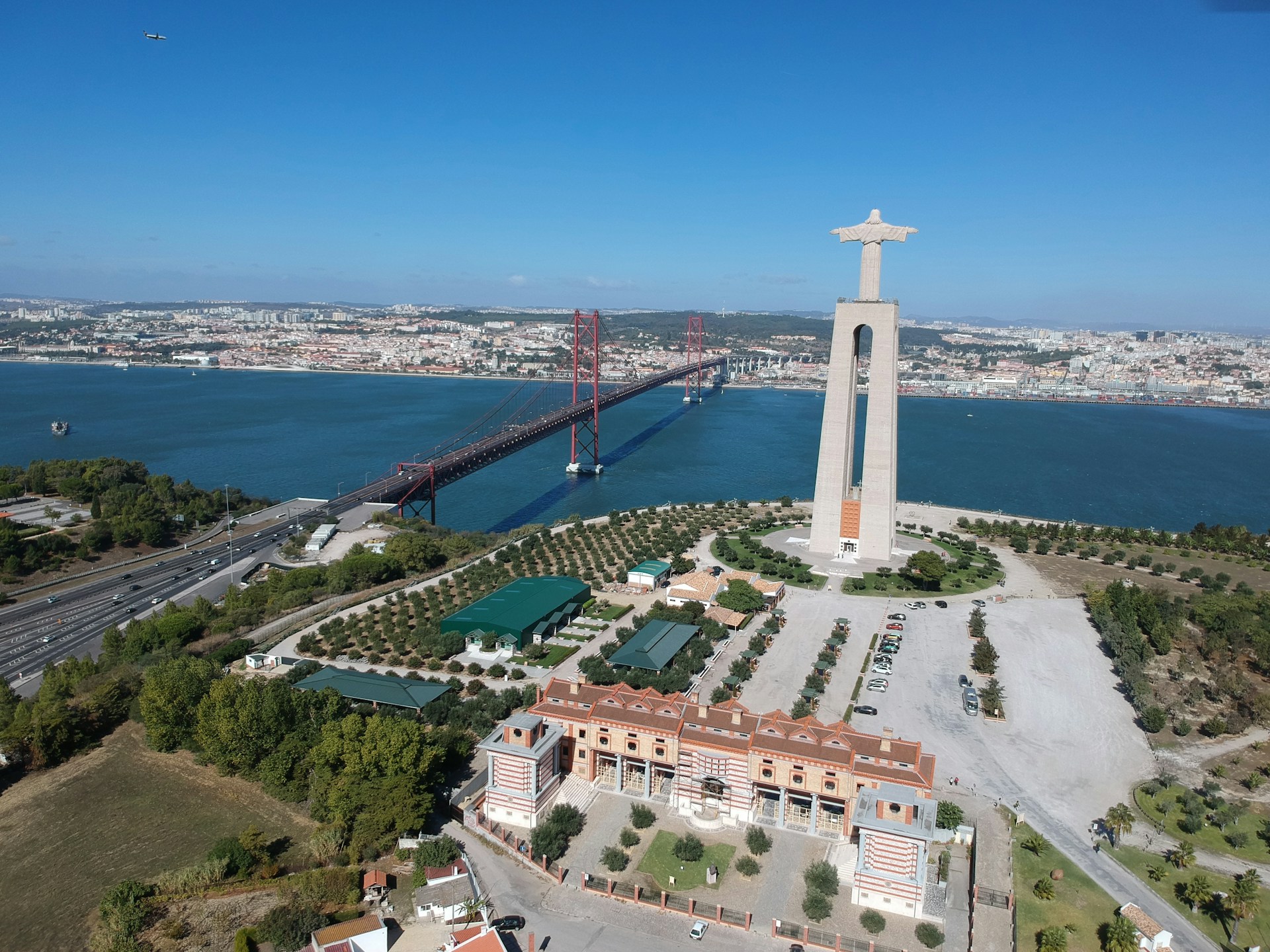Across the United States, abandoned amusement parks linger like half remembered dreams. Coasters sit frozen above tree lines, midway lights are long dark, yet traces of laughter still seem to hang in the air. Some sites have become public parks or farms, others host limited tours, festivals, or carefully guided visits. A few hide behind fences and are best admired from a respectful distance. Together, these places show how thrill rides, local economies, and family rituals fade but never quite vanish.
Lake Shawnee Amusement Park, West Virginia
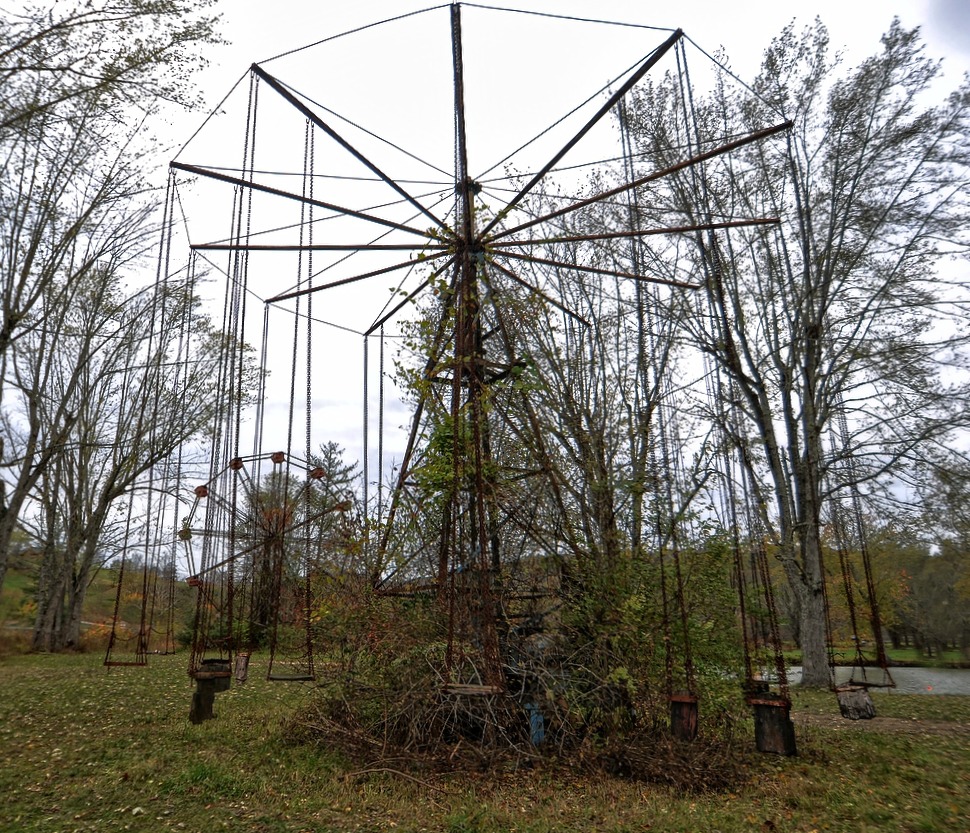
In rural West Virginia, Lake Shawnee Amusement Park feels like a story paused mid-summer. Opened in 1926 and closed in 1988 after several accidents and financial strain, it later gained a reputation for hauntings and uneasy history. Today the owners offer prebooked history tours and occasional overnight events, guiding small groups past the rusting ferris wheel, swing ride frame, and quiet pond. The calm setting turns carnival ruin into a lesson in how quickly joy can tilt into unease.
Rocky Point State Park, Rhode Island
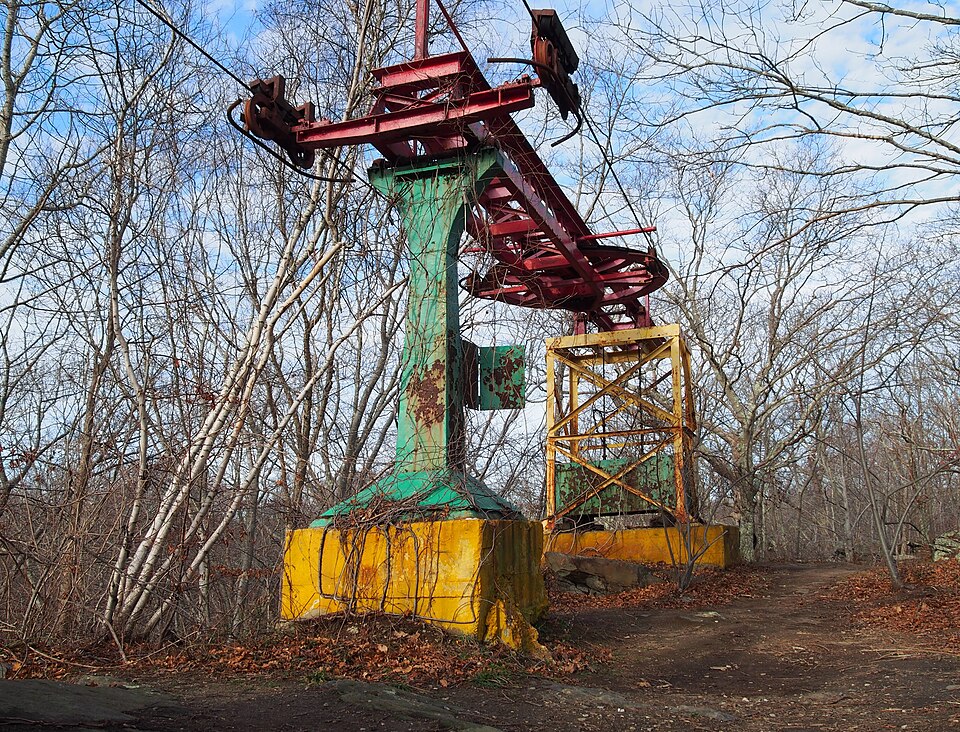
On the Rhode Island shoreline, Rocky Point once packed its midway with clam shacks, coasters, and seaside concerts. After closing in the 1990s, the land shifted into a public park where open lawns and coastal paths sit beside concrete ride pads and fragments of old foundations. Interpretive signs mark what once stood here, letting visitors piece together the sounds and energy the place used to hold. The mix of salt air and faint remains gives the site a gentle, lived-in nostalgia.
Lake Dolores Waterpark, California
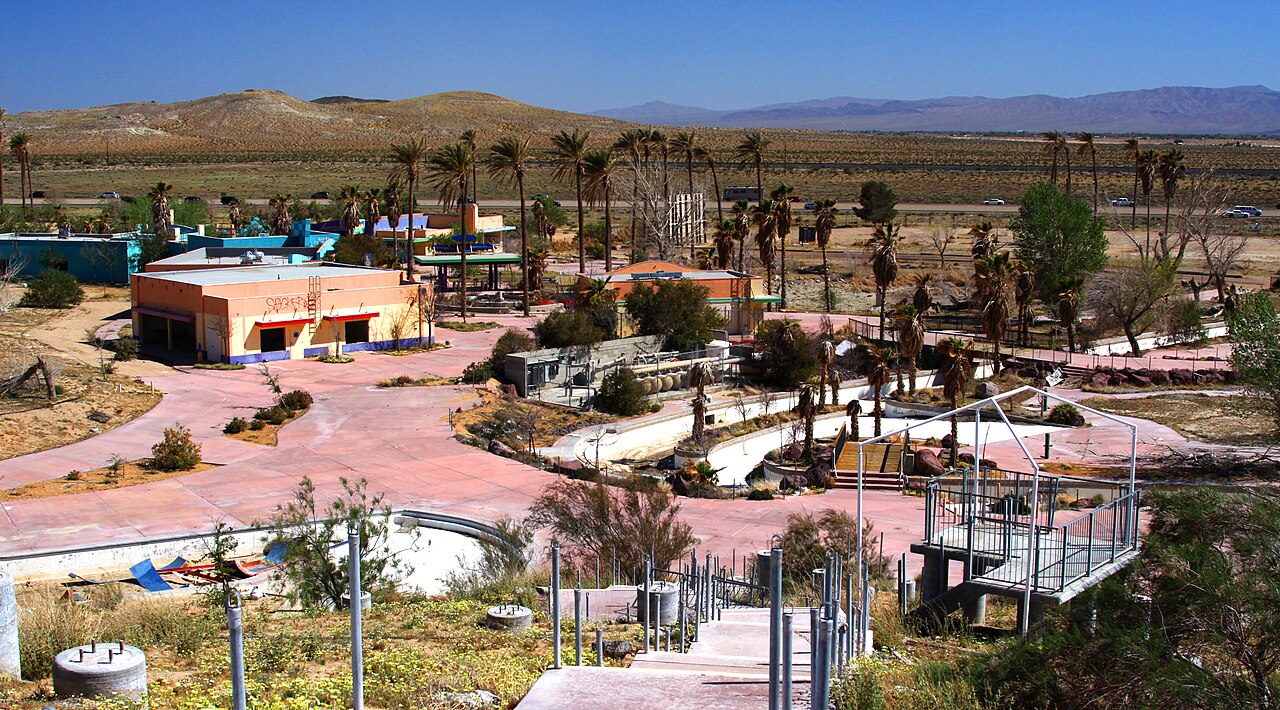
In California’s Mojave Desert, Lake Dolores Waterpark rises from scrub and sand like a mirage left behind. First opened in the 1960s and later rebranded as Rock A Hoola, it finally closed in 2004, leaving dry pools, tagged flumes, and a sunbaked sign along the highway. The land is private and regularly monitored, so the only safe way to view it is from public pullouts. Seen from that distance, the empty slides feel less like an invitation and more like a stark monument to abandoned ambition.
Chippewa Lake Park, Ohio

Chippewa Lake Park in Ohio operated for a century before closing in 1978, then slipped into decades of stillness as nature overwhelmed the rides. Trees wound through coaster supports, buildings collapsed, and the old ballroom site turned into a shadow of itself. Ongoing redevelopment efforts now shape the area, limiting casual access and adding controlled pathways. Even glimpsed from the road, the decaying structures show how quickly spectacle becomes silence when a park is left to its own clock.
Springs Recreation Park, South Carolina
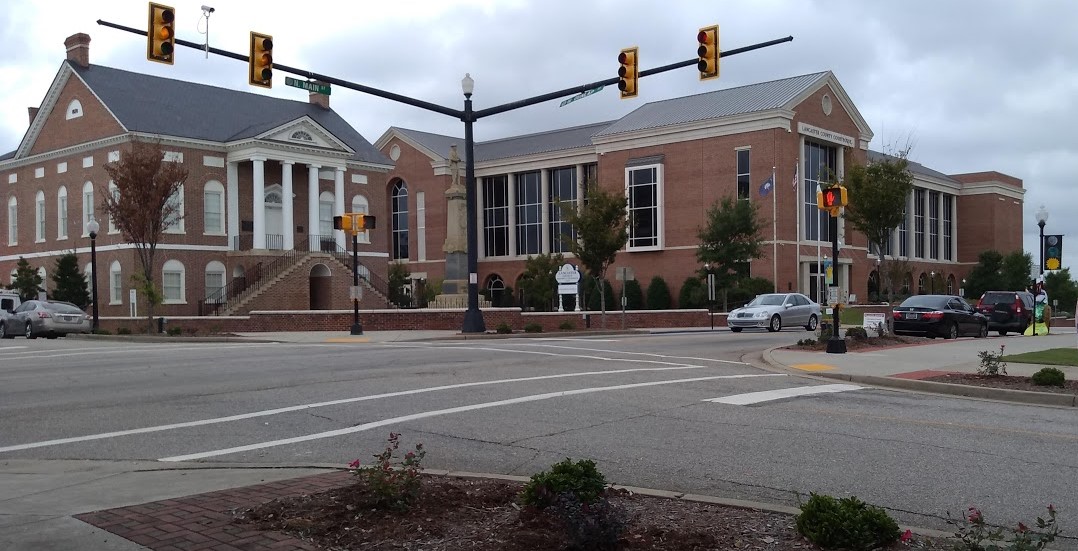
Outside Lancaster, Springs Recreation Park once buzzed with rides, a skating rink, and an Olympic style pool carved into the hillside. Since closing in 1989, terraces cracked, diving platforms rusted, and graffiti filled the concrete shell while forest growth crept over everything. Visitors now reach the area through informal paths, moving carefully around unstable surfaces and collapsed sections. The empty pool basin and sweeping amphitheater curves make the place feel like a forgotten arena tucked into the woods.
Ghost Town Village, North Carolina
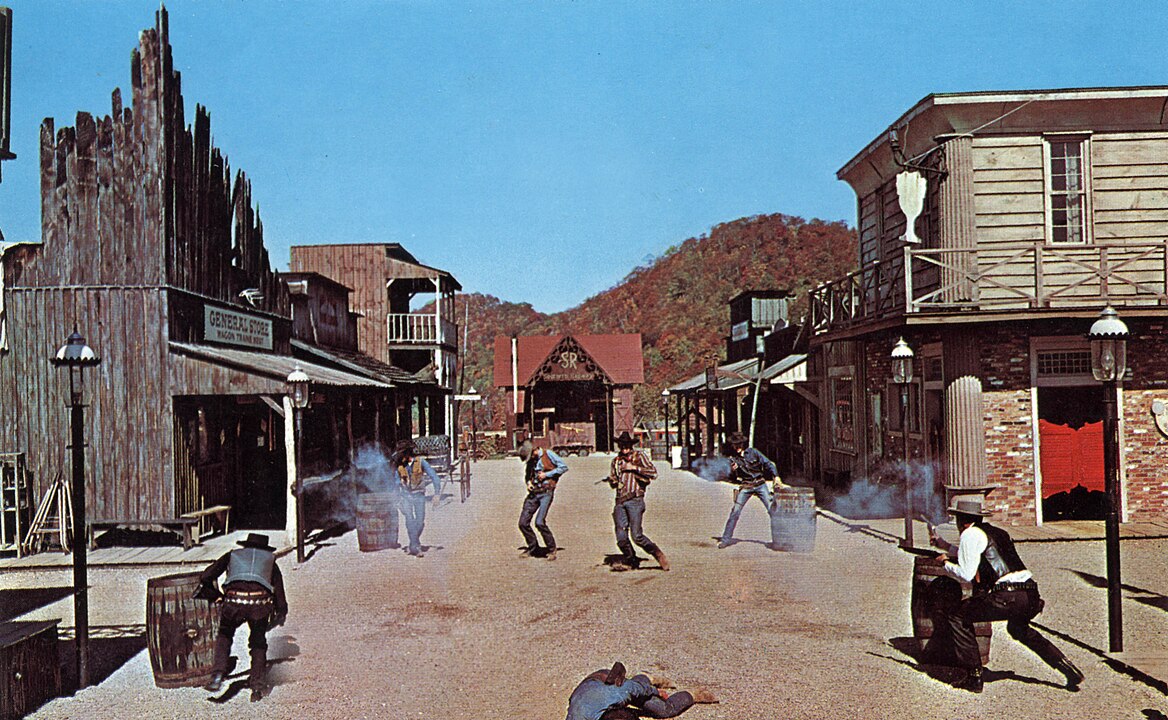
High above Maggie Valley, Ghost Town Village opened in the early 1960s as a Wild West theme park with staged gunfights, TV cowboy visits, and a cliffside roller coaster. Financial problems and infrastructure failures caused repeated closures, leaving behind empty saloons, faded facades, and a skyline framed by rusting track. Ongoing legal debates and revival talks continue around the property. From the valley roads below, the abandoned mountaintop town still clings to the ridge like a half-finished daydream.
Heritage USA, South Carolina

Near Fort Mill, Heritage USA once drew millions as a Christian themed resort featuring water slides, hotels, studios, and a Main Street style complex. Scandal, bankruptcy, and storm damage shut it down in 1989, scattering the campus into a mix of churches, housing, and office conversions. A restored chapel still hosts services, while the unfinished high rise hotel towers over the area as an unmistakable reminder of a grand vision that collapsed. The result feels like a place caught between past zeal and present reality.
Land of Oz, North Carolina
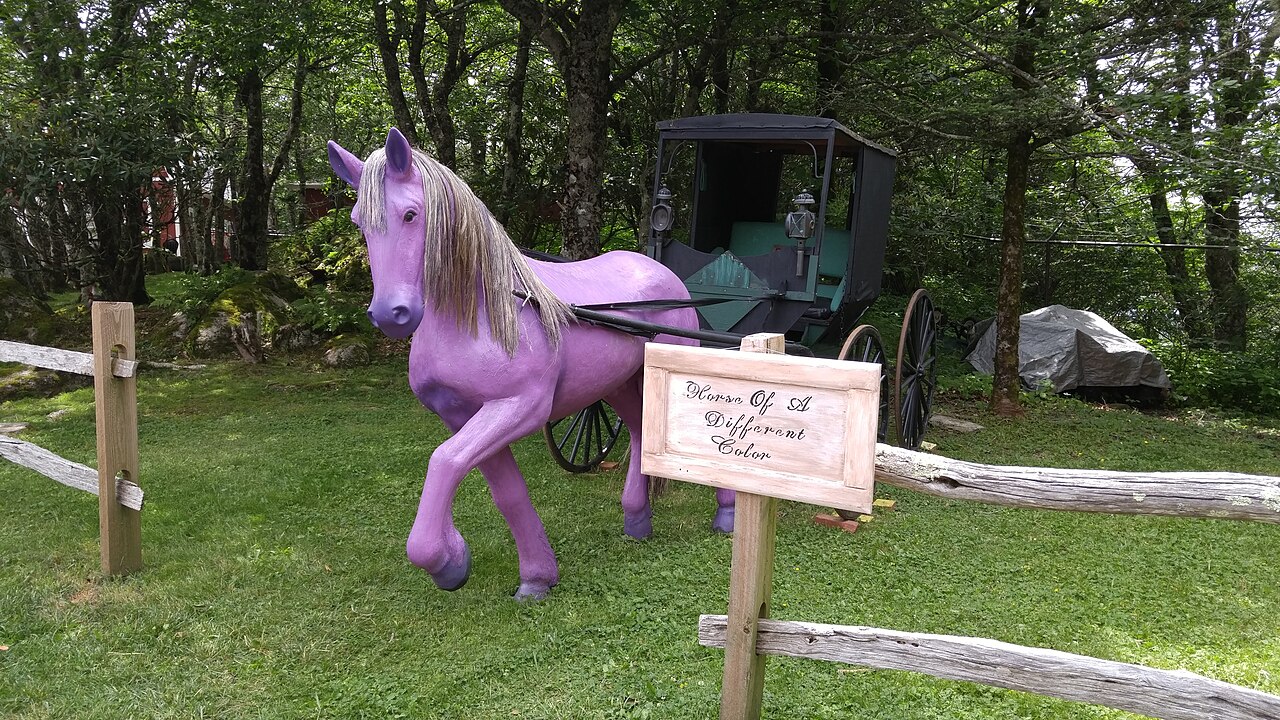
On Beech Mountain, the Land of Oz opened in 1970 with a yellow brick road, handmade sets, and costumed characters before closing a decade later and slipping into decay. Fans eventually restored key scenes, repairing cottages and rebuilding parts of Emerald City. The park now opens only for limited events and guided tours, with recent storm damage delaying some celebrations until 2026. Walking the patched paths and weathered props, visitors sense a fairy tale world rebuilt with both care and resignation.
Enchanted Forest Relics at Clark’s Elioak Farm, Maryland

Maryland’s original Enchanted Forest once stood behind a shopping strip, its storybook houses and fairy tale sculptures slowly deteriorating after closing in the 1990s. To save what remained, many structures were moved to Clark’s Elioak Farm, where they were restored and placed among orchards, animals, and seasonal activities. Cinderella’s coach, the Old Woman’s Shoe, and other nursery rhyme scenes now sit among hayrides and farm paths. The result feels like a small, open air museum shaped entirely from rescued childhood memories.
Joyland’s Carousel at Botanica, Kansas
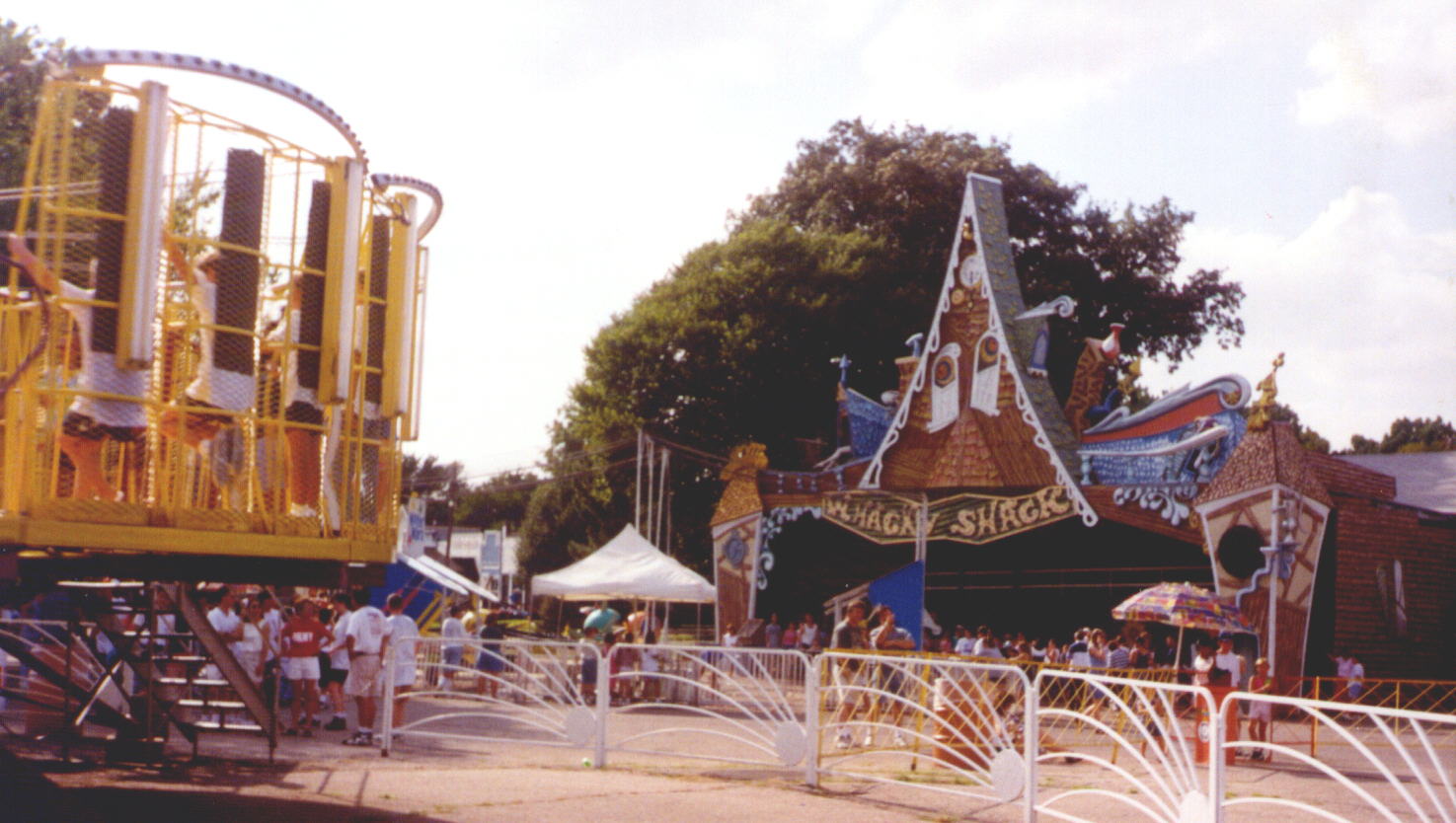
In Wichita, Joyland Amusement Park closed in 2006, leaving its wooden coaster and midway to vandals and weather. Most of the grounds remain off limits, but one bright fragment survived. The 1949 Allan Herschell carousel was fully restored and moved to Botanica, where it now spins beside flower beds and fountains. Its music, painted horses, and warm lights offer a gentle echo of what Joyland once meant to local families, turning a garden corner into a living memorial to a vanished park.
